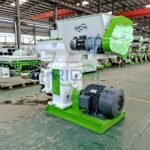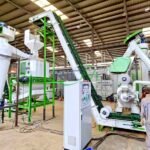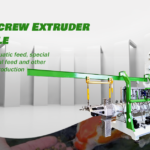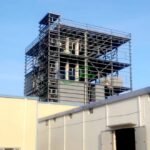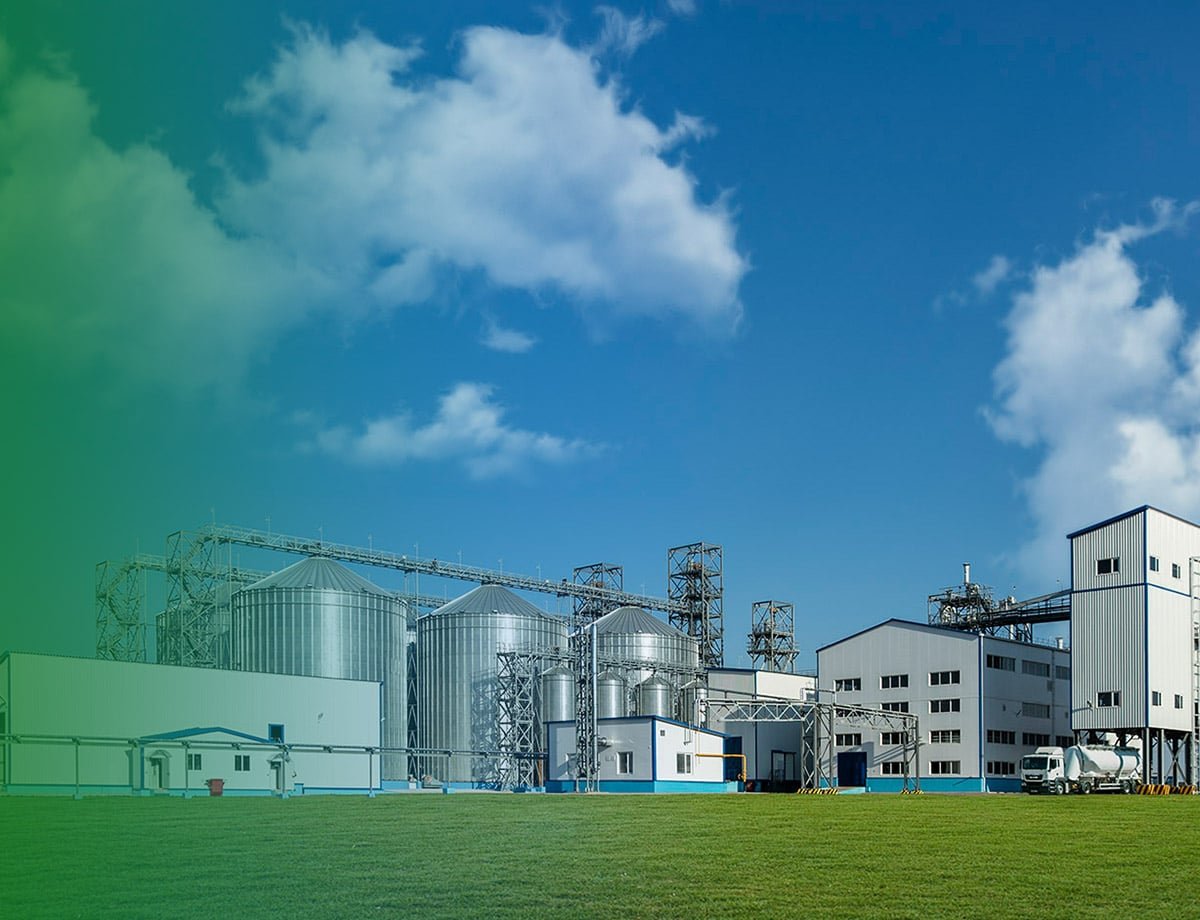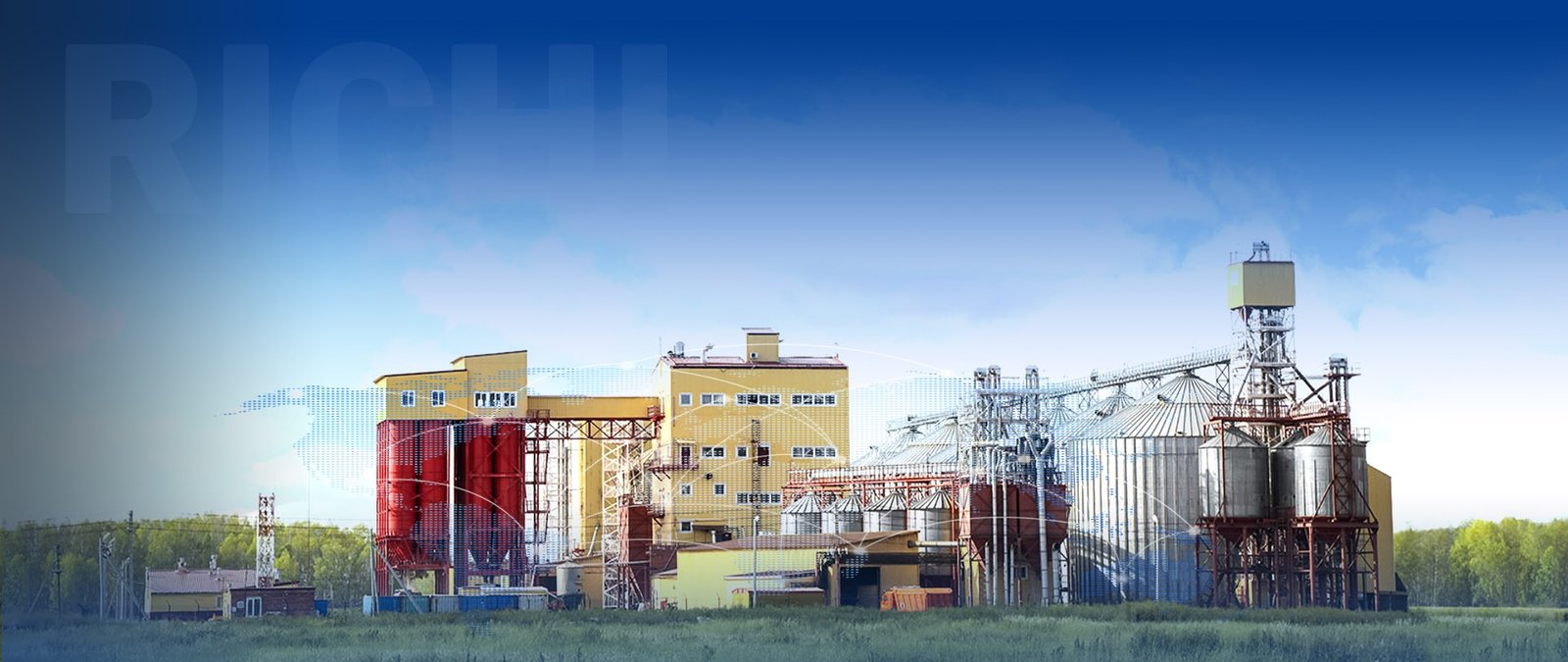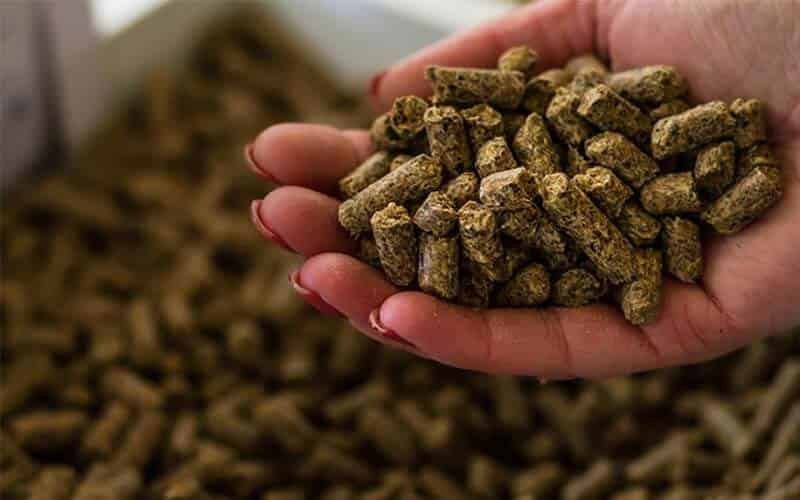Running a large commercial feed mill with a capacity of 50-60 tons per hour (t/h) is a complex endeavor that demands a skilled and coordinated workforce. Even with advanced automation, human expertise is essential for overseeing operations, maintaining machinery, and ensuring product quality. This article outlines the key roles and the typical number of personnel required to efficiently operate a fully automatic feed mill of this size.
Key Roles in a Fully Automatic Feed Mill
1. Plant Manager
- Responsibilities: The plant manager is in charge of the entire operation, ensuring production targets are met, quality standards are upheld, and safety protocols are followed. This role also involves administrative duties, coordination with other departments, and strategic decision-making.
- Number Required: 1
2. Production Supervisors
- Responsibilities: Supervisors oversee the production line, monitor machine performance, and ensure smooth operation. They handle troubleshooting, coordinate with maintenance teams, and ensure adherence to production schedules.
- Number Required: 2-3 (depending on plant size and complexity)
3. Machine Operators
- Responsibilities: Machine operators are tasked with operating and monitoring the feed mill machinery. They ensure the machines run efficiently, make necessary adjustments, and conduct routine checks to prevent malfunctions.
- Number Required: 4-6 (based on the number of machines and shifts)
4. Maintenance Technicians
- Responsibilities: Maintenance technicians are responsible for the upkeep and repair of all mechanical and electrical equipment. They perform regular maintenance, troubleshoot issues, and carry out repairs to minimize downtime and extend machinery lifespan.
- Number Required: 3-5 (depending on equipment complexity and maintenance needs)

5. Quality Control Inspectors
- Responsibilities: These inspectors monitor the quality of raw materials and finished products. They conduct tests, maintain records, and ensure the feed meets industry standards and regulatory requirements.
- Number Required: 2-3
6. Warehouse and Logistics Staff
- Responsibilities: These staff members manage the storage and transportation of raw materials and finished products. Their duties include maintaining inventory levels, coordinating shipments, and managing warehouse operations.
- Number Required: 3-4
7. Administrative and Support Staff
- Responsibilities: Administrative staff handle documentation, record-keeping, procurement, and other support functions necessary for the smooth operation of the feed mill.
- Number Required: 2-3
Total Staffing Requirements
In total, operating a 50-60t/h fully automatic large commercial feed mill typically requires between 17 to 24 personnel. The exact number may vary depending on the plant’s specific needs, the level of automation, and the complexity of production processes.
Factors Influencing Staffing Needs
Several factors can impact the number of people needed to operate a large commercial feed mill:
1. Level of Automation
- Highly automated feed mills require fewer operators and supervisors since many processes are controlled by advanced software and machinery. However, skilled technicians are still necessary for managing and maintaining these systems.
2. Shift Patterns
- If the mill operates 24/7, multiple shifts are required, which increases the total number of staff. Typically, a three-shift system (morning, afternoon, and night) is used to ensure continuous operation.
3. Complexity of Operations
- The complexity of feed formulations, the variety of products produced, and the number of production lines can affect staffing requirements. More complex operations may require additional quality control inspectors and machine operators.
4. Maintenance Schedule
- Regular maintenance is crucial for preventing breakdowns and ensuring efficient operation. The frequency and complexity of maintenance tasks will determine the number of maintenance technicians needed.
5. Regulatory Compliance
- Ensuring compliance with industry standards and regulations may necessitate additional quality control staff and administrative support.
Enhancing Efficiency with Technology
While human oversight remains essential, the integration of technology can enhance efficiency and reduce overall staffing needs:
1. Automated Control Systems
- Modern complete feed mill plants use advanced control systems to monitor and manage production processes. These systems can adjust parameters in real-time, detect anomalies, and optimize production efficiency.
2. Remote Monitoring
- Remote monitoring systems allow supervisors and technicians to oversee operations from a central control room or even off-site locations. This can reduce the need for on-site staff and enable quicker responses to issues.
3. Predictive Maintenance
- Predictive maintenance technologies use data analytics and machine learning to predict equipment failures before they occur, allowing for proactive maintenance and reducing downtime.
4. Robotics and Automation
- Robotics and automated systems can handle tasks such as material handling, packaging, and palletizing, reducing the need for manual labor and increasing efficiency.
Conclusion
Operating a 50-60t/h fully automatic large commercial feed mill requires a coordinated team of skilled professionals. Although automation significantly reduces the number of staff needed, human expertise remains vital for ensuring smooth operations, maintaining equipment, and ensuring product quality.
Typically, such a feed mill requires between 17 and 24 staff members, including roles such as plant managers, production supervisors, machine operators, maintenance technicians, quality control inspectors, warehouse and logistics staff, and administrative support. The exact number of personnel depends on factors such as the level of automation, shift patterns, operational complexity, maintenance schedules, and regulatory requirements.
By leveraging advanced technologies such as automated control systems, remote monitoring, predictive maintenance, and robotics, feed mills can enhance efficiency, reduce staffing requirements, and maintain consistent production of high-quality feed. However, skilled human oversight remains crucial for the smooth operation and long-term success of the feed mill.


